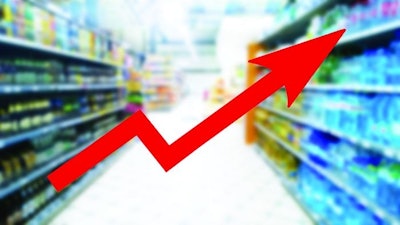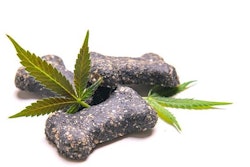
While the U.S. consumer price index (CPI) has been starting to creep up a little recently, after months of steady declines, pet food inflation in terms of year-over-year increases continues to decline; it came in at 1.8% in March 2024, compared to the 3.5% CPI.
That’s the good news. The less-than-good news — the reality facing pet food companies, retailers and pet owners — is that pet food prices are still 23% higher than in March 2021 and nearly 25% higher than in March 2019, a year before the COVID-19 pandemic spread throughout the world, including the U.S.
One of the key drivers for that, probably the leading one, is that pet food producer prices remained largely unchanged in March 2024 — meaning still 29% higher than in March 2021 and 31.2% more than in March 2019. Those data are for dog and cat food; producer prices for food for other pets are not up as much, but they represent such a small share of the market that falling prices don’t have much of an impact.
As John Gibbons (aka the Pet Business Professor), who helpfully compiles and analyzes all the “petflation” data, has said, producer prices rarely come down. That’s true in many categories, and it has ongoing implications for the pet food market and the overall economy.
Inflation for veterinary services now much higher than pet food’s
Starting in mid-2022 and lasting throughout 2023, pet food inflation far outpaced the CPI as well as inflation for the entire pet care category. This year is so far telling a different story. For example, the CPI ticked up to 3.5% YOY in March compared to 3.2% YOY in February, while inflation for pet care overall was up to 3.8% YOY March compared to 3.5% in February. In contrast, the 1.8% YOY figure for pet food in March was down from 2.6%YOY in February, which itself was a decrease from 4.8% YOY in January 2024.
The main driver of the increase in petflation seems to be the veterinary services subcategory, which experienced inflation of 9.6% YOY in March, up from 7.9% YOY in February. Even worse, the March data is 28.7% higher than in March 2021 and a whopping 39% more than in March 2019. “One fact is often ignored in the headlines: Inflation is cumulative,” Gibbons wrote last month.
(Mea culpa. I have to confess to ignoring that myself until recently, focusing on the monthly YOY figure rather than the long-term comparisons, for which a few people in the industry have rightly taken me to task!)
Producer price inflation remains stubbornly high
That cumulative effect definitely rears its head when it comes to pet food producer prices, and the effect has barely budged for dog and cat food. One big culprit has been wet dog food; producer prices for the subcategory were up 59.4% in March 2024 over March 2021 and 63.2% over March 2019, the same as in February 2024 and even higher than in January 2024, which registered increases of 56.3% and 60%, respectively.
Of course, dry dog food has a much larger market share than does wet, so even though producer prices for it are inflated only about a third as much as for wet food, they’re still inflated quite a bit, to the tune of 21.7% over March 2021 and 23.3% over March 2019. (Note that Gibbons includes semi-moist food in the dry category.) In a subcategory so big, that still makes quite an impact.
For cat food overall, producer prices are up about 35% over both March 2021 and March 2019, with similar (maybe slightly lower) increases for the dry/semi-moist and wet subcategories.
Unless and until pet food producer prices start to drop significantly — and again, history does not point to that probability — retail prices are also likely to stay inflated. At least they seem to be stabilizing to some degree.

















